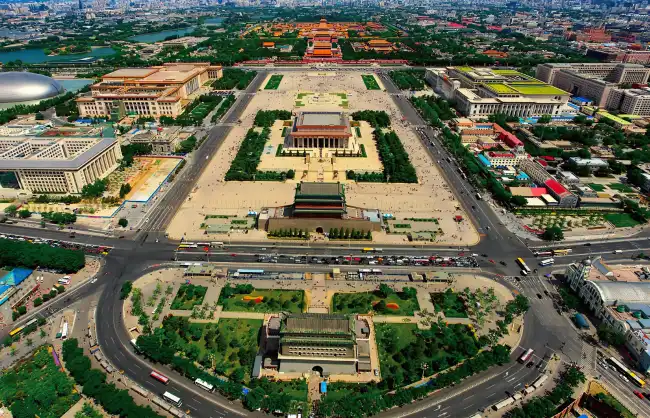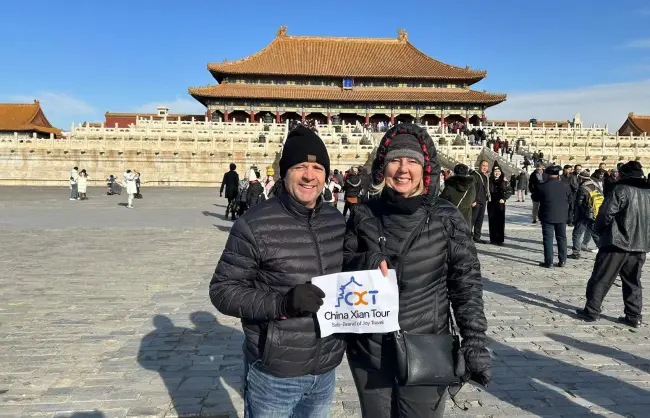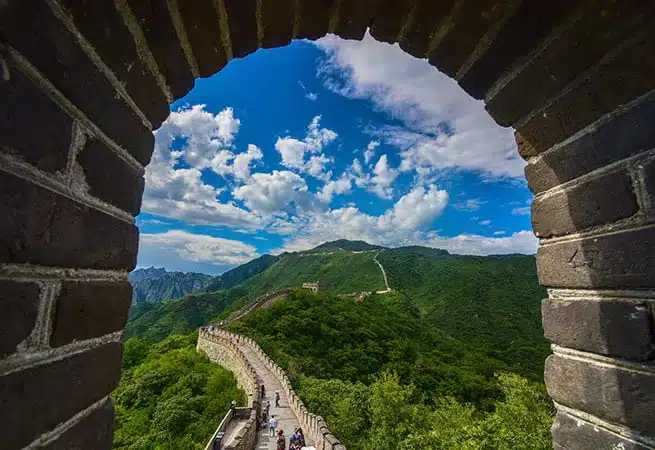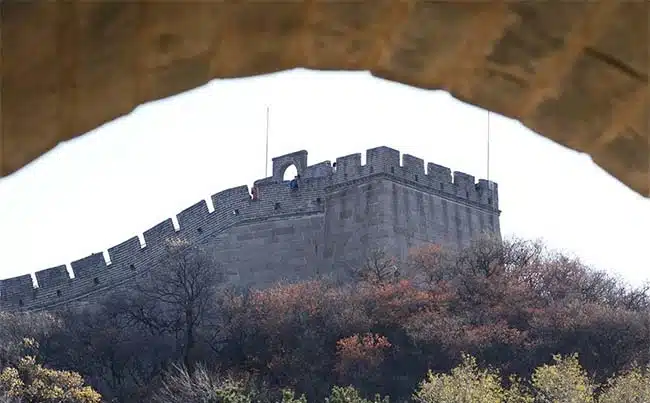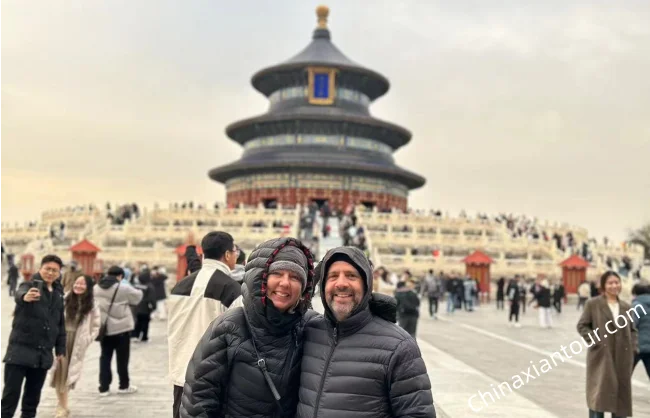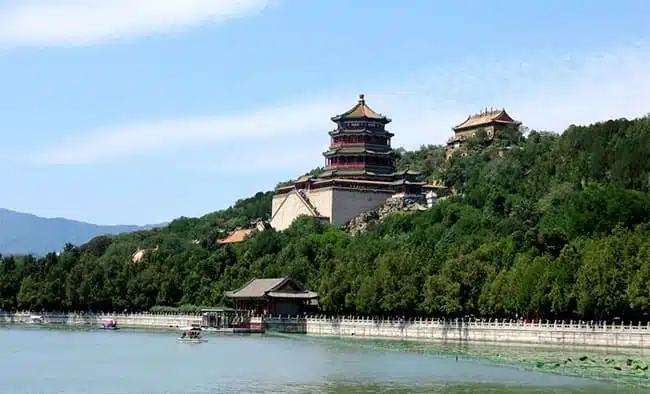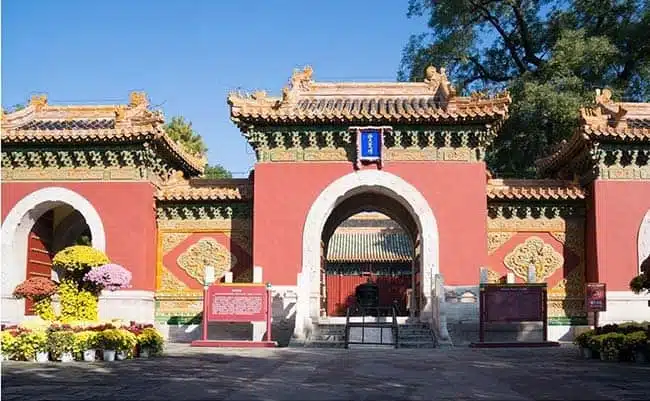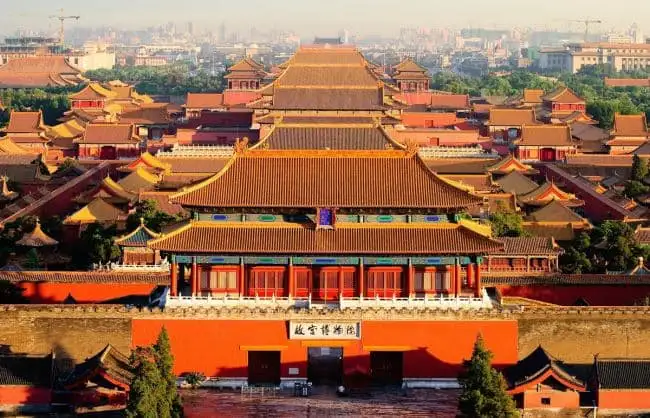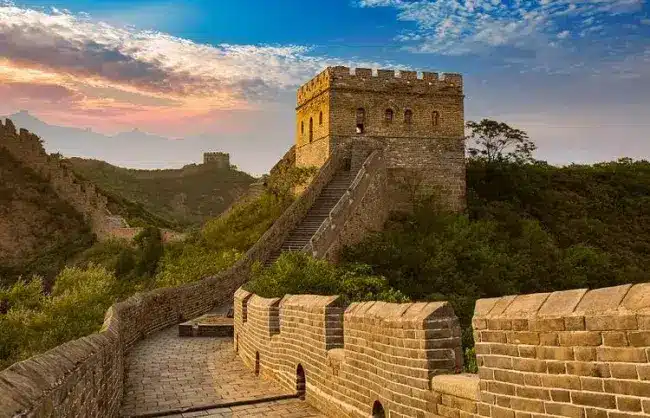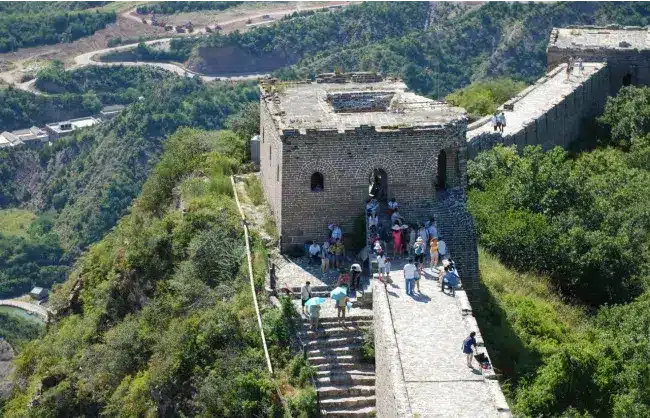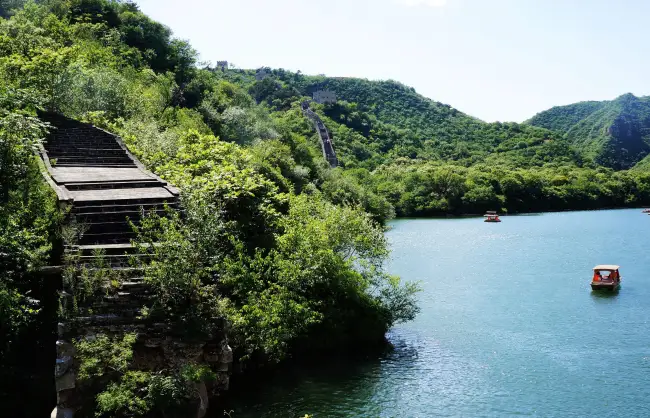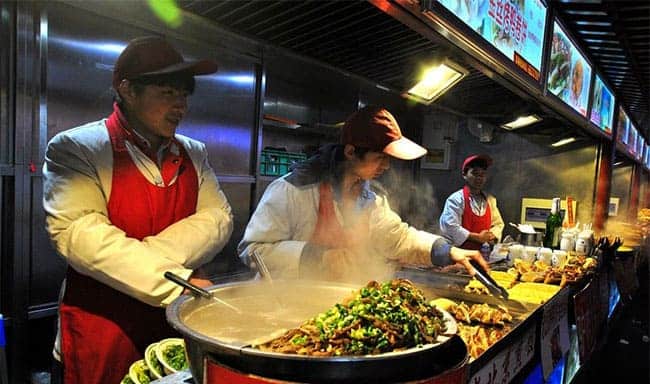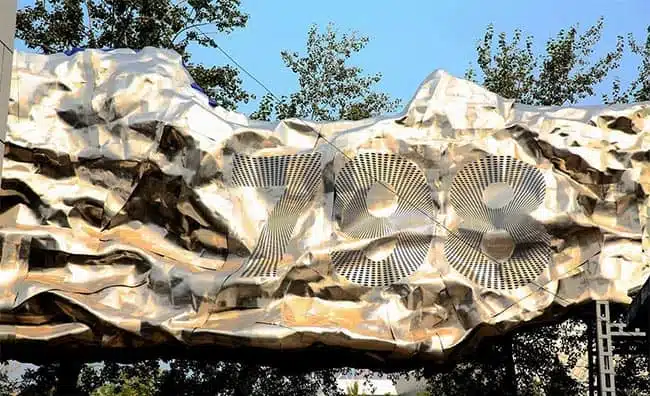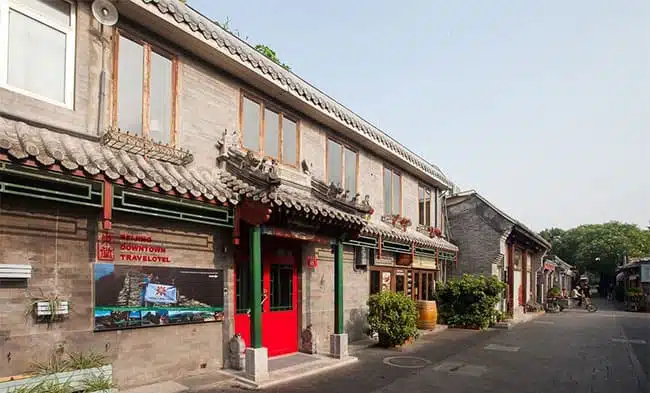Beijing is a fascinating city with both classical charm and a fashionable atmosphere. Small Hutongs, old teahouses, trendy bar streets, countless modern elements, and authentic Beijing flavors mingle with each other to build the city’s profound cultural heritage and elegant lifestyle. Beijing has created numerous imperial sites such as the Forbidden City and the Summer Palace during its 800 years as the capital of China. One of the must-see Beijing attractions is the Great Wall. In addition, you can do a variety of visits according to your interests.
Recently, Beijing Central Axis has been successfully listed as a World Cultural Heritage site, making this traditional capital’s central axis, which is the longest and the most complete existing in the world, once again the focus of public attention. Beijing Central Axis runs from north to south through the heart…
There is a small quiet hutong in the Dongcheng area of Beijing which is officially named “Chengxian Street” and commonly referred to as “Guozijian Street” by Beijing locals. Beijing Confucian Temple and the Imperial College (Kongmiao and Guozijian Museum) are just located here. Once a holy land for learned scholars, it has…
Located in the middle of the central axis of Beijing, the Forbidden City, also known as the “Palace Museum”, used to be the imperial palace of the Ming and Qing dynasties (1368-1911) and is the essence of ancient Chinese palace architecture. The construction work began in 1406 and it…
Mutianyu Great Wall of China, 70 kilometers (44 miles) away from the urban area of Beijing, is located in the Huairou District. It was built in the Ming Dynasty (1368-1644) and nowadays is one of the best-preserved sections of the Great Wall of China. With a long history and splendid culture, it enjoys…
Badaling, one of the must-visit sections and the most outstanding representatives of the Great Wall of China, was an important strategy center in ancient times. It was largely built in the Ming Dynasty (1368-1644), and it is situated in Yanqing District, about 75 kilometers (46 miles) northwest of Beijing. At Badaling,…
The Bird’s Nest, also known as the Beijing National Stadium, is located in the south of the central area of the Beijing Olympic Park, which is the main stadium for the 2008 Beijing Olympics. The opening and closing ceremonies of 2008 Summer Olympic Games and Paralympic Games, Track and Field Athletics…
The Temple of Heaven, situated in the Dongcheng District of Beijing, is the largest and best-preserved altar complex in China, even in the world. It used to be a vital place for emperors during the Ming and Qing Dynasties (1368-1911) to perform national sacrificial ceremonies. With its profound cultural connotation and…
The Water Cube, located in the Beijing Olympic Park (north of urban Beijing), is also known as the National Aquatics Center. The building is very unique, with over 3,000 irregular air cushion bubbles on the exterior walls, resembling water molecules in a blue sea when viewed from afar. Under the beautiful…
Located in Beijing Haidian District, the Summer Palace in Beijing (aka Yiheyuan) boasts China’s largest and best-preserved imperial garden, covering a significantly large area of about 3.009 square kilometers. The garden was built from 1750 to 1764 during the Qing Dynasty and was originally known as Qingyi Garden. Its…
Located in Beijing Xicheng District, Beijing Zoo is one of China’s oldest and largest city zoos, covering an area of about 90 hectares. It was established in 1906 during the Qing Dynasty as an agricultural experiment farm. Now, the zoo has grown into a comprehensive zoological and botanical garden,…
Located in the center of Beijing, Beihai Park (or Beihai Gongyuan) is adjacent to the famous Forbidden City and Jingshan Park. Constructed in 1166 AD during the Jin Dynasty, the park has witnessed the rise and fall of the Jin, Yuan, Ming, and Qing Dynasties and boasts the oldest…
On July 27, 2024, Jingshan Park and 14 other heritage elements along the Beijing Central Axis, which runs through the old city of Beijing from north to south, were inscribed on the World Heritage List. Located at the center of Beijing’s southern Central Axis, Jingshan Park is adjacent to…
Jinshanling Great Wall, located in Luanping County, Hebei Province, is adjacent to Miyun district, Beijing, and is 130 kilometers (80 miles) away from downtown Beijing. This section of the Great Wall of China was built in the Ming Dynasty, and it is connected to the Simatai Great Wall in the east and the Gubeikou…
Simatai Great Wall, located in the north of Miyun district, Beijing, is adjacent to Gubei Water Town about 150km (95 miles) away from the urban area of Beijing. Simatai Reservoir divides the Great Wall into east and west sections. It is the only Great Wall in China that retains the…
Tiananmen Square, the center of Beijing, is located at the intersection of the central axis and Chang ‘an Avenue in Beijing, the capital of China. It was designed by Kuai Xiang, a master architect in the Ming Dynasty and the main designer of the Imperial Palace of Forbidden City. Tiananmen…
The Lama Temple, also known as Yonghe Palace, is located in the northeast of downtown Beijing. It was built in 1694 (Qing dynasty) and the Emperor Yongzheng lived there when he was a prince, and it was changed to a lamasery in 1744. It became the national center of Lama…
Huanghuacheng Lakeside Great Wall is located in Huairou District, 65 kilometers (40 miles) away from downtown Beijing. In Chinese, “huanghuacheng” means “the city of yellow flowers”. This section was so named because mountains and fields around the wall are full of wild yellow flowers in spring and summer. Huanghuacheng is the…
Wangfujing snack street in Beijing, which gathers abundant famous and excellent local snacks, is one of the most famous snack streets in Beijing. It is located on the south side of the Friends World Shopping Mall on Wangfujing Street and on the east side of the Forbidden City. There are more than…
798 Art District, located in Beijing’s Dashanzi area, Chaoyang District, covers an area of more than 600,000 square meters with 6 distinguished districts. Therefore, it is also called DAD (Dashanzi Art District). It was an industrial district of state-owned 798 factory and other electronic industries formerly. Nowadays, the area…
Beijing Nanluoguxiang, also known as South Gong and Drum Lane or Nanluogu Lane, is a well-known Beijing hutong situated on the east side of Beijing’s central axis. It runs from Drum Tower East Street (Gulou Dong Dajie) in the north to Ping’an Street in the south. It is one of…


